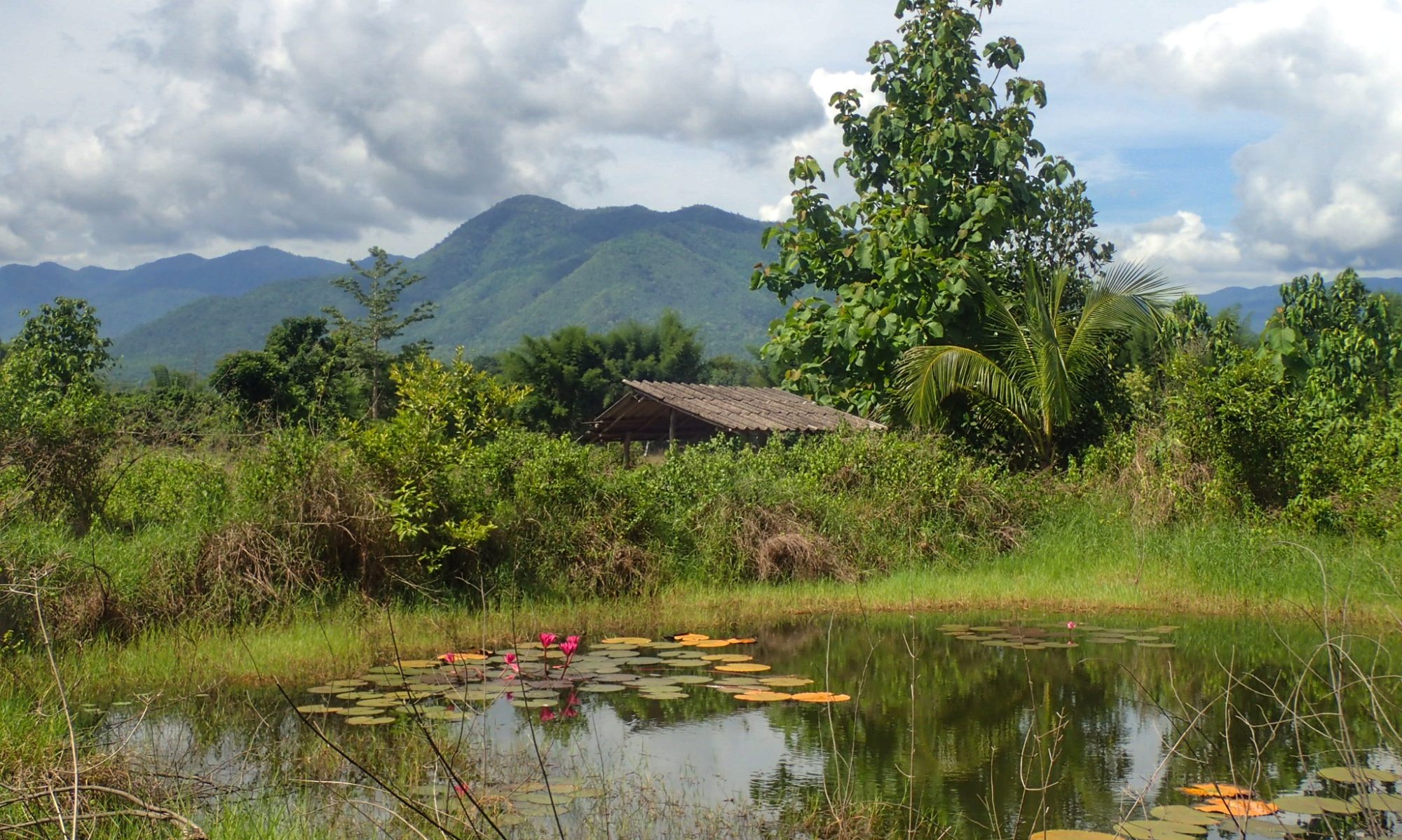I’m a week late posting about this, but I wanted to make a few quick notes.
Last Tuesday/Wednesday, we did our second fully-loaded test ride. On this ride, we rode 100km up the coast to San Clemente and camped overnight at a state campground. This is approximately the distance we expect to cover each day, so it was a good test of our fitness and gear.

It took us a lot longer than expected to get our bags fully setup as we’d made quite a few changes from our last run. Notably, we had an all-new expanded first aid kit based on what we learned at a wilderness training course we took. The kit includes a wider range of bandages, adhesives, an irrigation syringe, several types of antibiotics and other medications like Benadryl to treat any illnesses out allergies we get while too far from a hospital or clinic.
We also had new bike lights that charge on micro USB, a USB powered beard trimmer, and a few other things. To compensate for the added weight, I removed some extra tent stakes and also some tools that I decided we didn’t need, keeping my entire setup at 22kg. Steve’s bike and gear weighed in at 20kg.
The ride up the coast went very well, perfect weather and no mechanical issues, but we’d started too late in the day. I didn’t have time to stop at REI to get camp stove fuel, and we didn’t have any time to take a break. By the time we stopped for dinner in San Clemente, it was dusk. We quickly ordered take out sandwiches and rushed to the campground, where we setup in the dark using our bike lights to illuminate the ground.
Although we didn’t expect it to be cold, we had packed all of our gear, including cold weather stuff, and we were glad we did! The temperate was not supposed to get lower than 10°C (about 50° F), but around 2AM, it was 6° C inside the tent and probably around 3° C outside (37° F). So it was a good test of our gear, as we are planning to be able to be comfortable down to 5° C. For me, it took two pair of wool socks, wool shorts and tee-shirt, Patagonia jacket, a cycling cap, all tucked inside my 40°F sleeping bag zipped up over my head, to be completely cozy. Steve had trouble getting warm enough and is going to look into warmer long johns for the trip as well as full fingered gloves.
The ride home the next morning was uneventful, but it’s clear that we are not in the same shape physically as when we returned from our last tour. The last 50km was grueling for both of us. We plan to increase our training over the next several weeks to be more prepared. The nice thing about a long bike tour, though, is you can easily train your way into it by simply starting with shorter distances.













